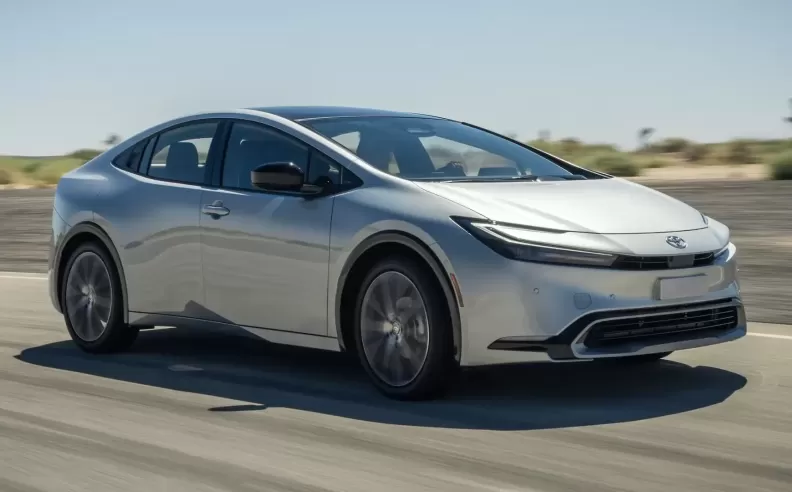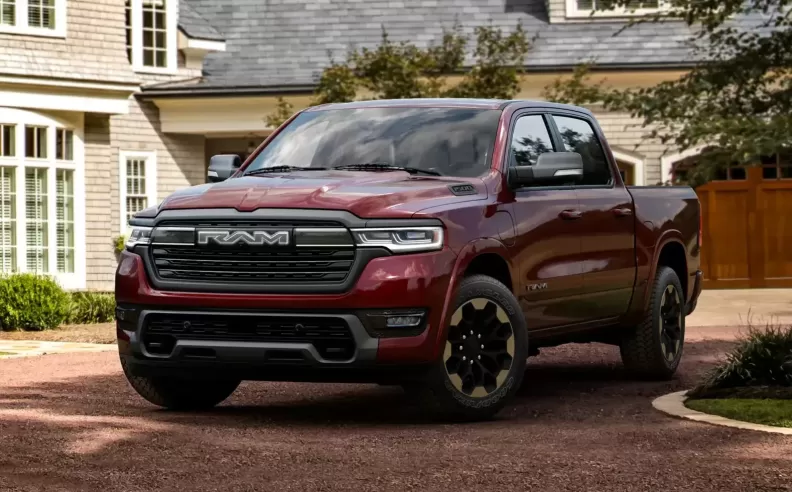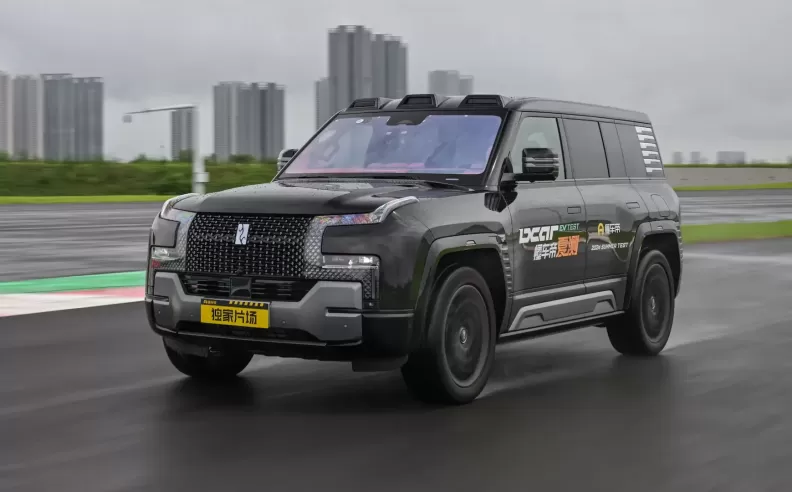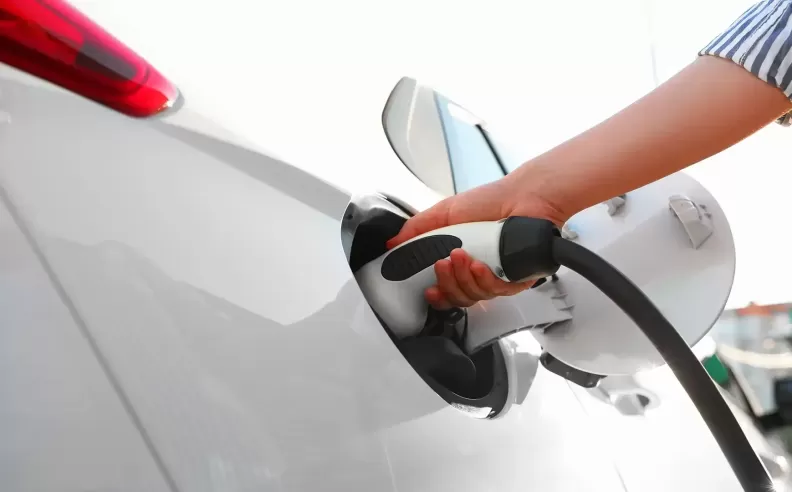
The shift toward full electrification has sparked debate among car enthusiasts and skeptics alike. While fully electric vehicles (EVs) represent the future, the transition isn’t as immediate as some might think. Enter Extended-Range Electric Vehicles (EREVs), a powertrain solution that blends the benefits of both gasoline and electric propulsion. Unlike traditional hybrids or plug-in hybrids, EREVs function primarily as EVs, relying solely on electric motors to drive the wheels. However, they incorporate an onboard gasoline generator, not to power the wheels but to recharge the battery when needed. This technology, though not new, is gaining attention as a potential bridge to a fully electric future.

While plug-in hybrids (PHEVs) allow for some all-electric driving, they eventually revert to gasoline power, often relying on complex transmissions to balance the engine and electric motor output. EREVs, on the other hand, eliminate mechanical complexity by ensuring that only the electric motors drive the car. With a larger battery compared to PHEVs, they offer a longer emissions-free driving range before the onboard generator kicks in to recharge the battery. This setup maximizes efficiency, as the combustion engine operates solely as a generator, running at an optimal rpm for fuel economy rather than adjusting constantly for acceleration. The result is a vehicle that delivers the low running costs and smooth acceleration of an EV while maintaining the convenience of gasoline for longer trips.

For many, the biggest challenge with EVs is range anxiety and concerns about running out of battery power in areas with limited charging infrastructure. EREVs solve this by providing the option to refuel at any gas station, extending the range far beyond what a standalone EV can offer. Take the upcoming Scout Traveler, an EV SUV with 350 miles of range. Its EREV counterpart, the Harvester, pushes that number to 500 miles with the help of an onboard generator. This is particularly useful for those who tow heavy loads, as towing significantly reduces an EV’s range. Unlike full-electric trucks, which require long charging stops, an EREV truck can refuel quickly, making it a practical choice for road trips or off-grid adventures.
As the industry moves toward full electrification, EREVs offer a compelling compromise, combining the best aspects of electric efficiency with the reliability of gasoline. While they may not be the ultimate solution, they provide a critical stepping stone for drivers looking to embrace electrification without completely abandoning the convenience of internal combustion.

Started my career in Automotive Journalism in 2015. Even though I'm a pharmacist, hanging around cars all the time has created a passion for the automotive industry since day 1.

